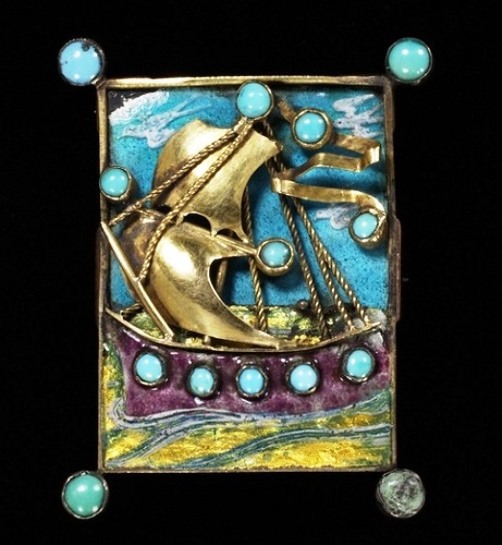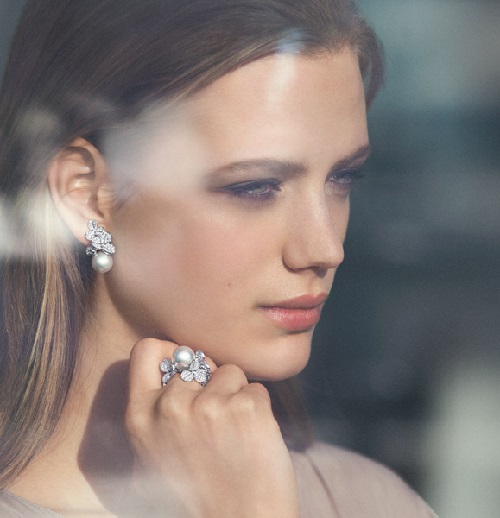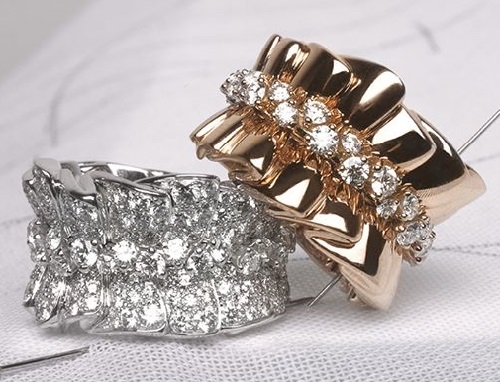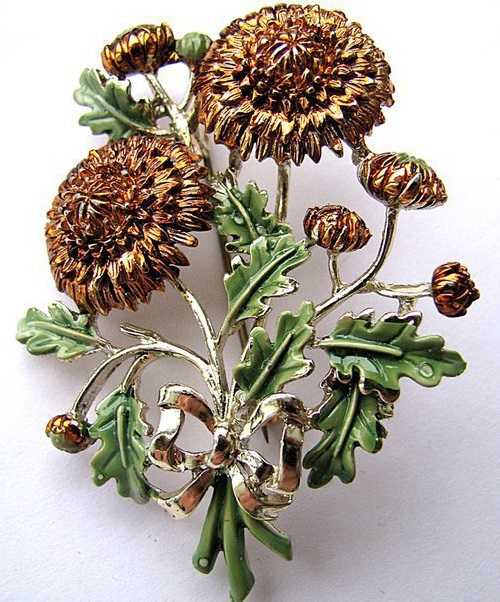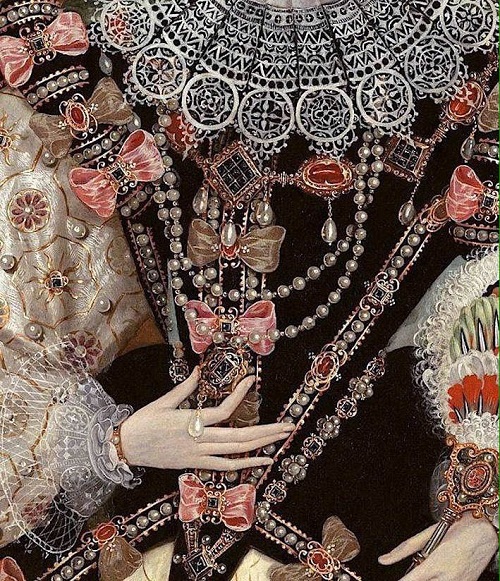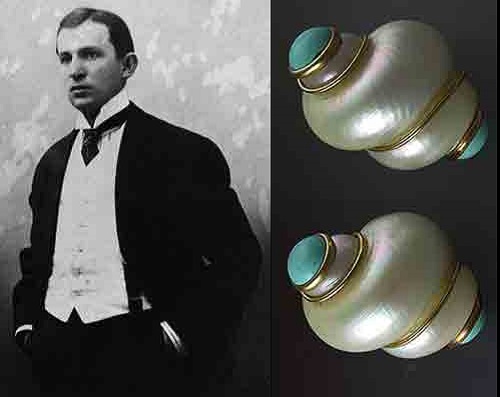Stories on stones by Yevgeniya Belousova
Necklace ‘Peacock’ is truly the royal necklace. Made of beads and natural stones – labradorite and amazonite, Swarovski crystals, Czech glass beads, quartz beads. The necklace shimmers and changes colors depending on the light.
Russian craftswoman, jeweler and a graphic designer by education, Yevgeniya Belousova lives and works in the Siberian city of Barnaul. Jewellery and painting is her hobby and profession at the same time. She has been painting on cabochons and designing jewelry of natural stones, beads and polymer clay. Stones – a living material, work with which is very exciting. Most of all she loves to discover a story in a stone, carefully researching it. Every stone has its own story, each ornament is not similar to other, and the task of an artist to see it. Painting on stones, she tries to show their essence. No less interesting is to emphasize the design and create a story for painting.
Read more »

